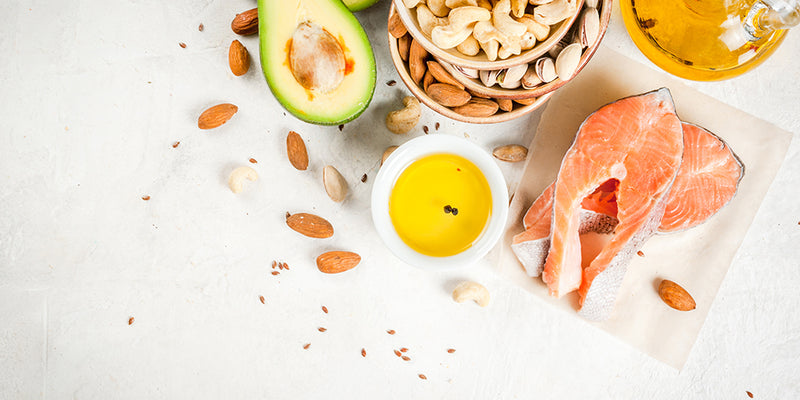Published on 01/12/2021
Simple steps for healthy living.
Life is all about finding balance – whether it’s work/life, or physical and mental, choosing a lifestyle that helps you find balance can have a big impact on your wellbeing. When you take care of yourself physically and mentally, you feel stronger, more alert, and more ready to tackle the challenges of the day to day.
The impacts of not living a healthy lifestyle can include problems like difficulty sleeping, tiredness and low energy, trouble concentrating and so on. The good news is that many of the best ways to live better are accessible to anyone.
Here are a few simple steps to get you started:
Eat a healthy diet
This is one of the key steps to feeling better. Eat at consistent times throughout the day, don’t skip meals and include a variety of foods. Avoiding excessive salt, sugar and processed foods is important to a healthy lifestyle, as is adding more fruits and vegetables to your diet. Aim for 3 meals a day and 1 to 2 snacks. For more ideas on how to improve your diet talk to your doctor or a dietician or refer to the Canada Food Guide.
Supplement your diet as needed
Sometimes, it can be hard to eat enough of certain foods – or maybe you’re looking to address a specific health concern. For example, getting enough omega-3 in our diets can be a challenge – taking a good-quality omega-3 supplement can help with the maintenance of good health and may even help address symptoms of specific mental and physical health conditions such as ADHD[1] and arthritis[2].
Exercise regularly
Making regular exercise part of your day is a powerful tool for managing stress[3], feeling more alert, and feeling stronger in your body. It’s one of the simplest ways to have a positive impact on your emotional and physical health – and yet, one of the hardest habits to stick with! Starting small and working your way up can help, so look for little ways to increase your physical activity like taking the stairs instead of the elevator or parking a couple blocks further away. Aim for at least 30 minutes of physical exercise 5 to 6 times a week. If you can find a physical activity you enjoy – swimming, rowing, an exercise class with a buddy – you’ll be far more likely to stick with your program and achieve your goals.
And speaking of goals … set a routine.
Consistency is the key to achieving a balanced, healthy lifestyle. Plan out specific times for meals, work, chores, and so on. By adding predictability to your day, you can build good habits, prioritize your own wellbeing, and set the stage for long-term success.
Enjoy with moderation.
As you may already know, excessive alcohol or drug use can be hard on both your physical and mental health. Even excessive caffeine can lead to sleep problems and heightened anxiety. Reducing your intake of stimulants like caffeinated beverages, quitting smoking, and enjoying only moderate alcohol use is typically associated with long-term health benefits. If you think that you may have a problem with alcohol, talk to your doctor.
Look for ways to reduce stress:
While stress is a natural response, too much is hard on our bodies both mentally and physically and can have a negative impact on your health. It’s important to look for ways to reduce stress in your life – by developing strong social supports, taking time for self care, and planning out your day to allow for extra travel time. Activities like meditation can help you relax, find perspective, and ensure balance as you navigate the challenges of the day to day. Before changing your diet, taking health supplements, or starting any activity program, be sure to talk to your doctor or other healthcare professional.
[1] Dr Alexandra J. Richardson (2006) Omega-3 fatty acids in ADHD and related neurodevelopmental disorders,International Review of Psychiatry, 18:2, 155-172, DOI: 10.1080/09540260600583031
[2] L. Knott, N.C. Avery, A.P. Hollander, J.F. Tarlton,
Regulation of osteoarthritis by omega-3 (n-3) polyunsaturated fatty acids in a naturally occurring model of disease, Osteoarthritis and Cartilage, Volume 19, Issue 9, 2011, Pages 1150-1157, ISSN 1063-4584, https://doi.org/10.1016/j.joca.2011.06.005.
(http://www.sciencedirect.com/science/article/pii/S1063458411001646)
[3] Edenfield, T. M., & Blumenthal, J. A. (2011). Exercise and stress reduction. In R. J. Contrada & A. Baum (Eds.), The handbook of stress science: Biology, psychology, and health (p. 301–319). Springer Publishing Company.



